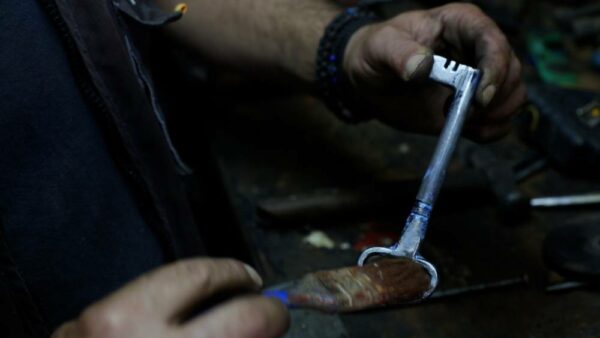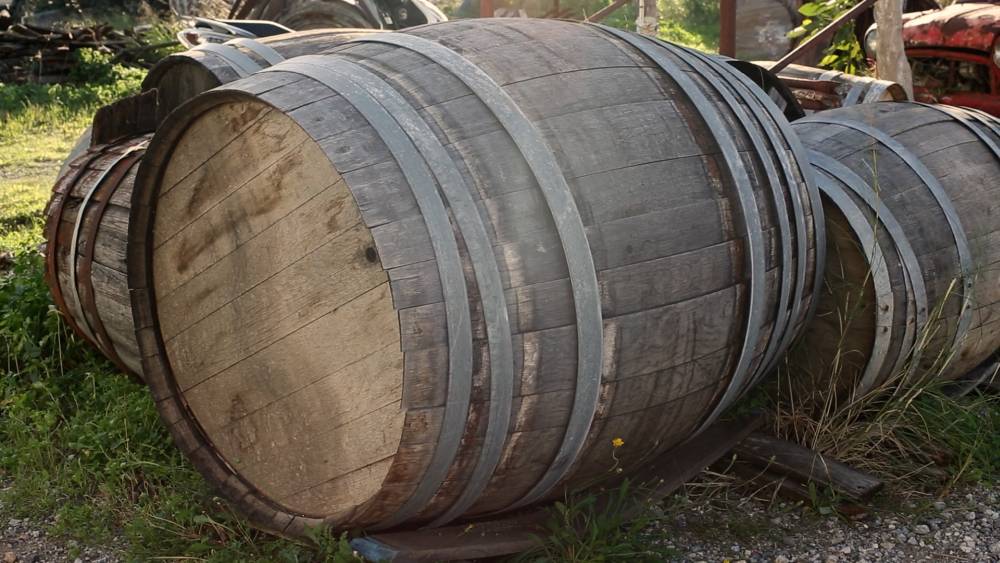Description
In older times, “chalkias” or “charkias” (coppersmith) was the craftsman who processed copper. So while this name refers to copper metal, today, when we say “coppersmith” we mean the blacksmith, ie the craftsman who, in addition to copper, also processes iron. The old metallurgists tried to harden copper with alloys of various metals and so bronze was discovered. Iron was used where there was a need for more durable metal.
The smiths main tools were the bellows, the anvil, the pliers, the hammers, the cutters, the “zoumbades”, the vise, the files etc.
The bellows was a kind of soft leather bag, which with the help of various levers, inflated and deflated, creating a strong current of air under burning coal. With this technique the blacksmith achieved the desired temperature in order to glow the metals he wanted to process.
The incandescent metals were forged on the anvil which was based on a log. On the anvil and with the help of various tools, the blacksmith could bend a metal, cut it, pierce it, give it a sharp or flattened shape. The vise was a sturdy mechanism with the help of which, a piece of metal was held in place during processing.
The blacksmith kept water in an open barrel into which he baptized the incandescent metals in order to cool them. With the abrupt cooling he achieved the “painting” of the metal, that is, its hardening. The smith made agricultural tools, metal components for architecture, furniture, household utensils, various mechanisms, locks, scales, etc.













